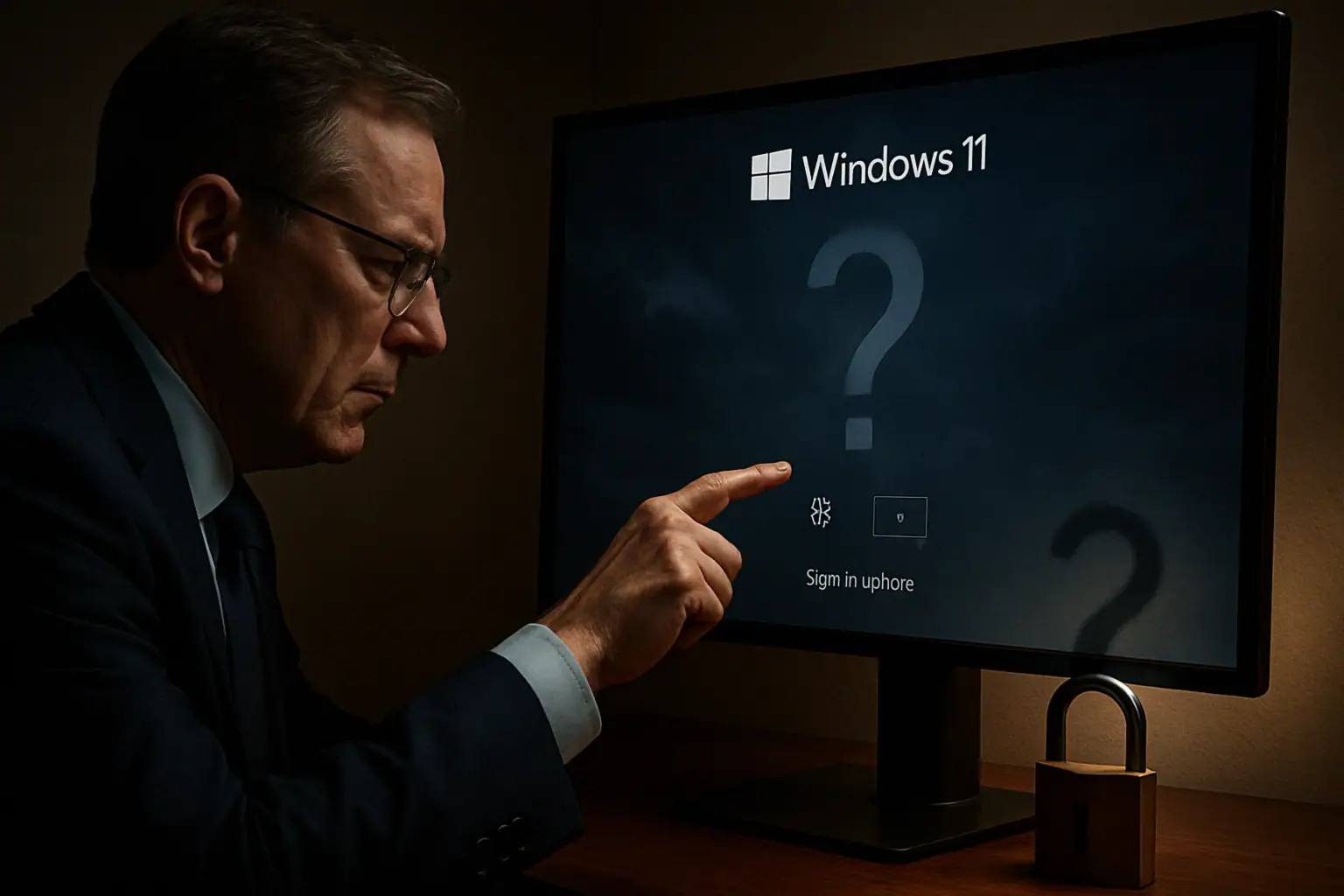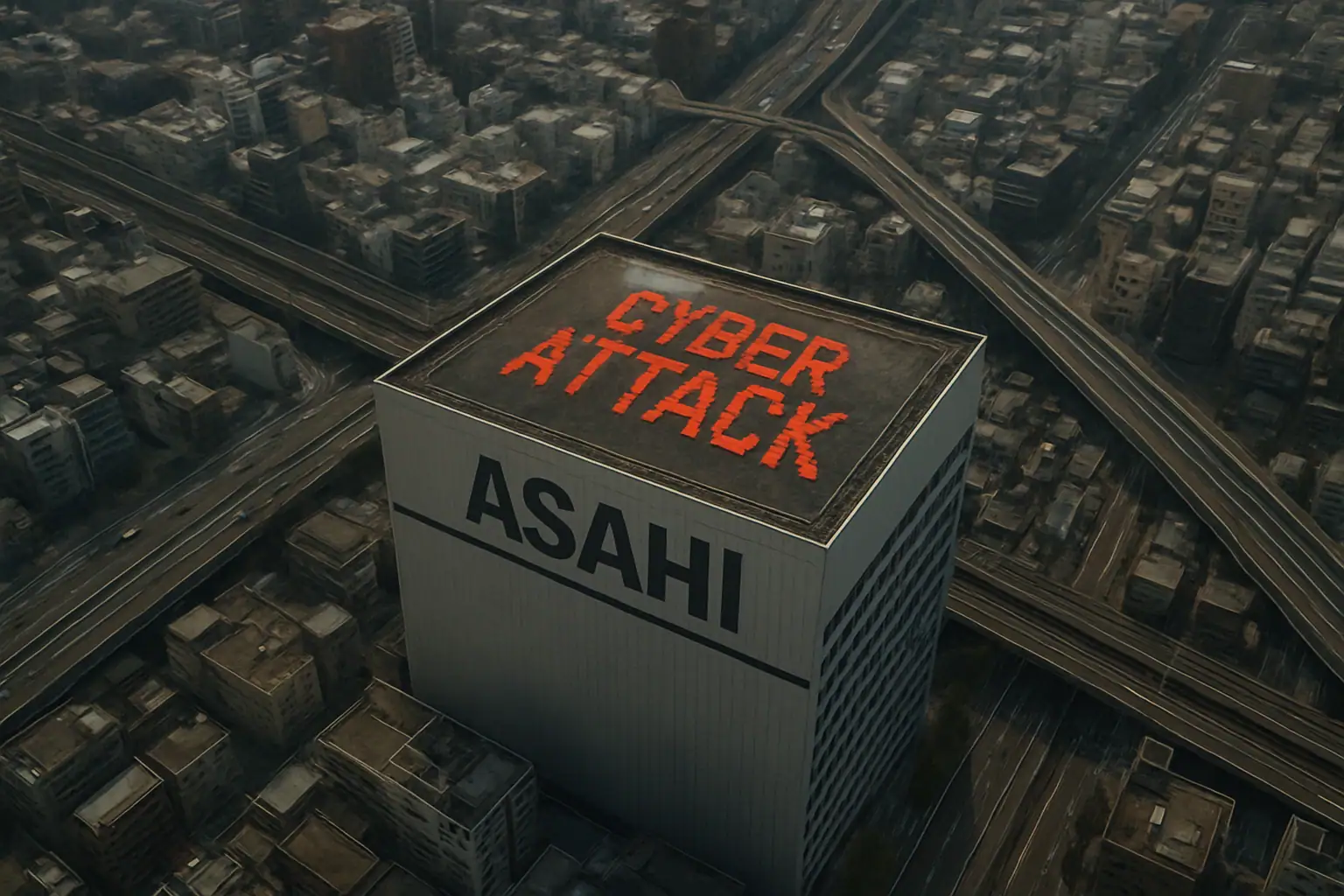A groundbreaking development in the fight against ransomware has emerged as security researcher Johannes Nugroho unveiled a sophisticated GPU-powered decryption tool designed to counter the Linux variant of Akira ransomware. This innovative solution enables victims to recover their encrypted files without submitting to ransom demands, marking a significant advancement in ransomware defense strategies.
Understanding Akira Ransomware’s Encryption Mechanism
The Akira ransomware employs an intricate encryption system that leverages nanosecond-precise timestamps for key generation. Each encrypted file receives a unique encryption key derived from four distinct timestamps, followed by 1,500 rounds of SHA-256 hashing. These keys are subsequently secured using RSA-4096 encryption and appended to the encrypted files, creating a formidable barrier to traditional decryption attempts.
Revolutionary Decryption Approach Using GPU Computing
The development of this decryption tool represents a remarkable achievement in applied cryptography and high-performance computing. Utilizing a cluster of sixteen NVIDIA RTX 4090 graphics cards through cloud services RunPod and Vast.ai, the solution demonstrates the potential of parallel processing in cybersecurity applications. The total computational cost of approximately $1,200 highlights the economic viability of this approach compared to typical ransom demands.
Advanced Optimization Techniques
The decryptor’s efficiency stems from sophisticated optimization strategies, including temporal analysis of system logs and file metadata to narrow down encryption timeframes. This intelligent approach significantly reduces the key search space, making the decryption process more practical and resource-efficient.
Practical Implementation and Performance Metrics
Current performance metrics indicate that decrypting a single file requires approximately 10 hours using high-end GPUs. While this timeline may extend to several days for large-scale recovery operations, it presents a viable alternative to ransom payment. The open-source nature of the tool, available on GitHub with comprehensive documentation, enables community-driven improvements and adaptations.
This breakthrough exemplifies the evolving landscape of ransomware defense, where innovative technical solutions provide alternatives to ransom payments. The development sets a precedent for future anti-ransomware initiatives and underscores the critical role of high-performance computing in modern cybersecurity. As ransomware threats continue to evolve, such community-driven solutions become increasingly valuable in maintaining digital resilience and security.






